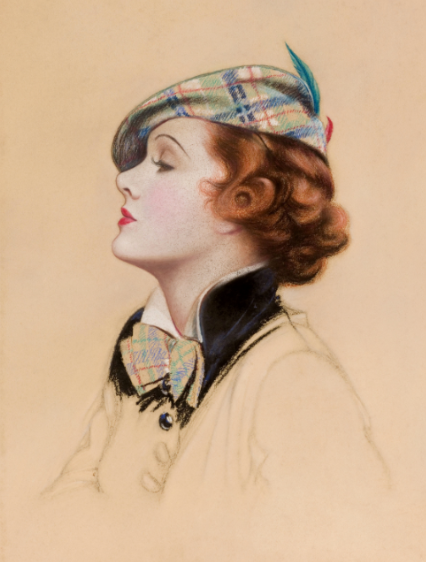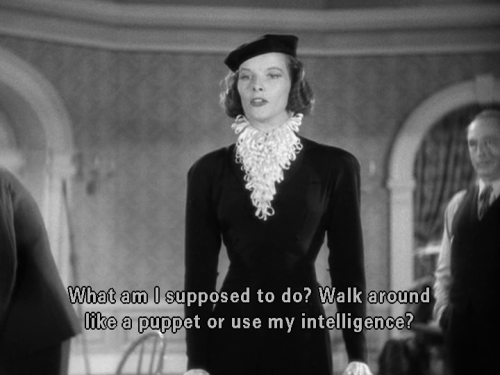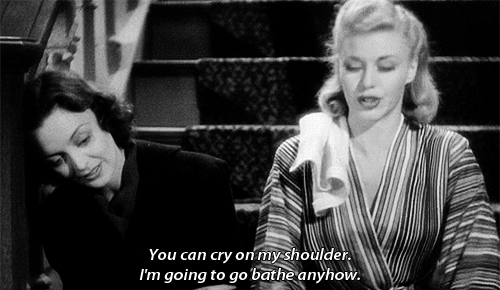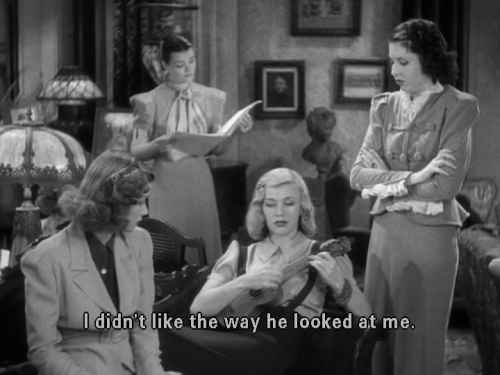Olivia de Havilland celebrates her 100th birthday on July 1. She occupies a storied place in Hollywood legend, not only as “Gone with the Wind’s” Melanie Wilkes, but also as Errol Flynn’s eight-time screen partner, winner of two Academy Awards and sister, and rival, of another famed actress,
Joan Fontaine. Less well known is her historic role in De Havilland vs.
Warner Bros. Pictures, a landmark lawsuit that altered the business of Hollywood forever.
De Havilland’s introduction to the movie business began when she wrangled the part of the second understudy for the role of Hermia in Max Reinhardt’s Hollywood Bowl production of “A Midsummer Night’s Dream.” It was 1934 and she was 18, fresh out of Los Gatos High School, and she ended up onstage after the slated Hermia, Gloria Stewart, and her understudy were both forced from the production by other commitments. De Havilland’s success in the play led to an invitation to sign with Warner Bros. for the film version.
Jack Warner ran an economy-minded studio known primarily for gangster melodramas headlined by male stars like Edward G. Robinson and James Cagney. De Havilland’s debut in the “prestige” Reinhardt picture led her to expect her film career would be “Shakespeare all the way,” she told me in an interview at her Paris home in 2011. In fact, she got assigned generally dreary ingenue roles, usually as arm candy for Cagney, Joe E. Brown and a fellow newcomer named Errol Flynn.
Teaming with Flynn in popular classics like “Captain Blood,” “The Charge of the Light Brigade” and “The Adventures of Robin Hood” brought De Havilland lasting fame, but not the challenging roles she sought. She recalled a backstage conversation with Flynn about their life goals. Flynn was happy enough with “fame and riches,” said De Havilland. She wanted “respect for difficult work well done.” Flynn seemed much closer to getting what he wanted. After “Captain Blood” and “The Charge of the Light Brigade” became box office hits, Warner dramatically tore up Flynn’s contract and gave him a long-term deal beginning at $2,250 a week. De Havilland’s weekly salary remained $500.
Meanwhile, the parts were not getting any better. Although the tenacious Bette Davis fought successfully for better roles at Warner Bros., De Havilland’s best opportunities came when she was on loan at another studio. After intense lobbying with the help of Jack Warner’s wife, Ann, De Havilland was allowed to join the cast of David O. Selznick’s “Gone With the Wind.” Her Oscar nomination for the role of Melanie in the epic “GWTW” only confirmed her desire to concentrate on big roles in serious pictures.
"
Despite the very real possibility of wrecking her acting future by taking on the system, [De Havilland] persevered.
Back at Warner Bros., though, De Havilland found herself consigned to the same old arm-candy roles. She began taking suspensions without pay to avoid the parts she regarded as unacceptable. When a loan to Paramount for “Hold Back the Dawn” brought her another Oscar nomination, she began counting the months until her contract with Warner Bros. would be up.
Under California’s studio-friendly labor statute, employers were entitled to hold individuals to personal services contracts for up to seven years; De Havilland’s contract was set to end in mid-1943. But when the time came, she was shocked to discover that she still wasn’t free. All of the months of suspension without pay that she had accumulated would be tacked on to the end of her original contract period. In other words, De Havilland owed the studio a full seven years of active labor, however long that might take.
The enforceability of such “tack on” terms had never been addressed by the courts and no actor had risked making a legal challenge, although powerful stars like Cagney and Davis were able to negotiate modifications in their contracts. Now, 27-year-old De Havilland decided to fight back. She hired attorney Martin Gang to seek a judicial declaration that the “tack on” provision of the suspension clause was invalid under California law. Despite the very real possibility of wrecking her acting future by taking on the system, she persevered. In late 1944, an appellate court victory freed her — and the rest of the studios’ contract actors — from Hollywood’s version of indentured servitude.
De Havilland immediately proved the value of her freedom by taking roles in three great films: “To Each His Own,” “The Snake Pit” and “The Heiress.” The result was three Oscar nominations, two Academy Awards and a New York Film Critics Circle Award.
Her distinguished film career continued off and on for another four decades. Her lawsuit limiting the authority of employers to bind individuals to long-term contracts proved a body blow to the studio system. De Havilland vs. Warner Bros. Pictures is still cited in conflicts between capital and labor in the entertainment industry today.
Thomas J. Stipanowich is a law professor and the academic director of the Straus Institute for Dispute Resolution at Pepperdine University School of Law. He is at work on a book about actor-studio disputes in the Golden Age of Hollywood.











_poster.jpg)

